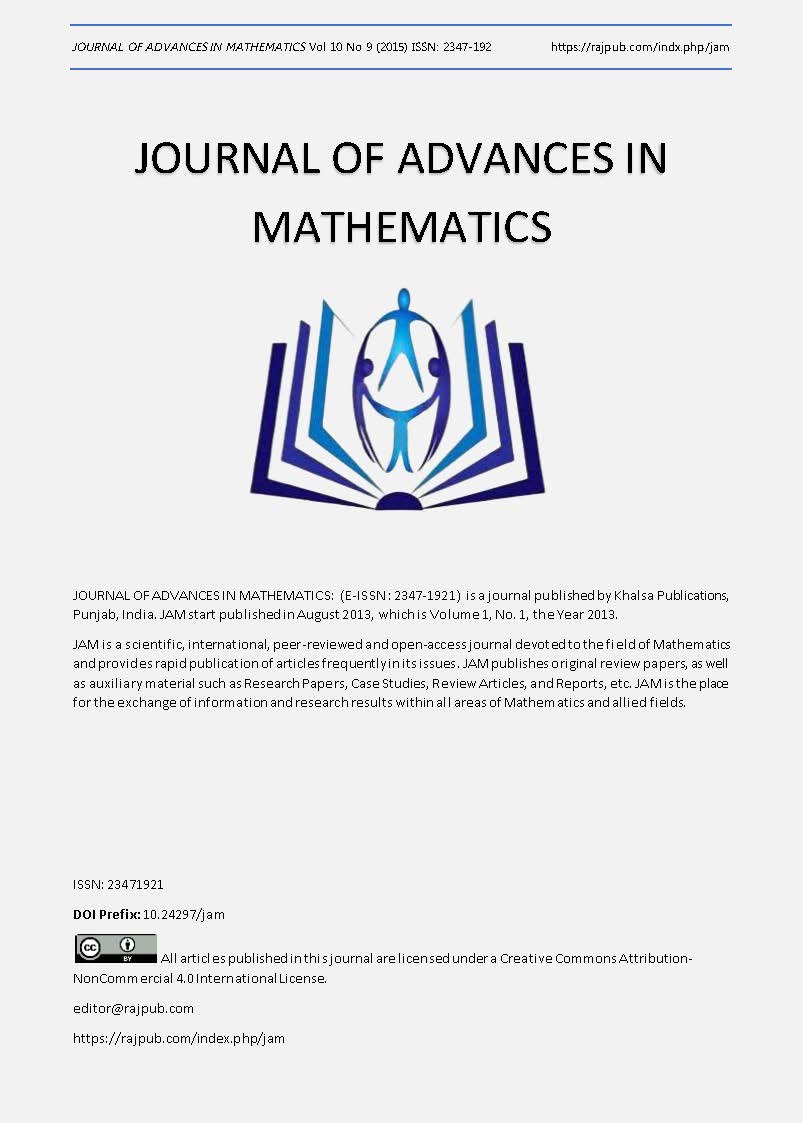THE EIGEN-COMPLETE DIFFERENCE RATIO OF CLASSES OF GRAPHS- DOMINATION, ASYMPTOTES AND AREA
DOI:
https://doi.org/10.24297/jam.v10i9.1876Keywords:
Graph energy, energy difference between graphs, ratios, domination, asymptotes, areas.Abstract
The energy of a graph is related to the sum of π -electron energy in a molecule represented by a molecular graph, and originated by the HMO (Hückel molecular orbital) theory. Advances to this theory have taken place which includes the difference of the energy of graphs and the energy formation difference between a graph and its decomposable parts. Although the complete graph does not have the highest energy of all graphs, it is significant in terms of its easily accessible graph theoretical properties, and has a high level of connectivity and robustness, for example. In this paper we introduce a ratio, the eigen-complete difference ratio, involving the difference in energy between the complete graph and any other connected graph G, which allows for the investigation of the effect of energy of G with respect to the complete graph when a large number of vertices are involved. This is referred to as the eigen-complete difference domination effect. This domination effect is greatest negatively (positively), for a strongly regular graph (star graphs with rays of length one), respectively, and zero for the lollipop graph. When this ratio is a function f(n), of the order of a graph, we attach the average degree of G to the Riemann integral to investigate the eigen-complete difference area aspect of classes of graphs. We applied these eigen-complete aspects to complements of classes of graphs.
Downloads
Downloads
Published
How to Cite
Issue
Section
License
 All articles published in Journal of Advances in Linguistics are licensed under a Creative Commons Attribution 4.0 International License.
All articles published in Journal of Advances in Linguistics are licensed under a Creative Commons Attribution 4.0 International License.








